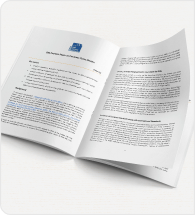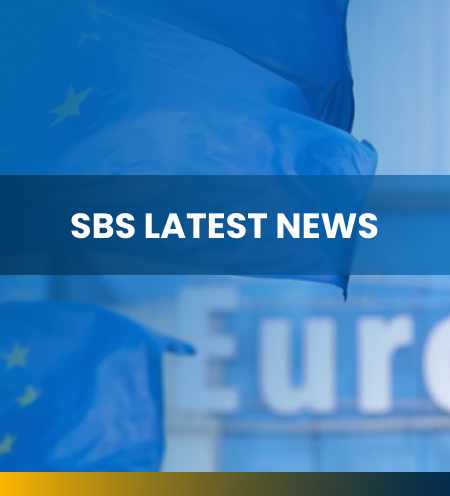In April 2020, ETSI published the technical report TR 103.546 on Smart Lifts, the first document that described, by means of a series of detailed use cases, the behaviour of “connected lifts” in their current state.
After the dissemination of the technical report, ETSI’s Technical Committee ‘Smart M2M’ thought it was appropriate to go deeper into the technical aspects related to data exchange from the lift to the outside world. This is due to the fact that, today, vertical mobility, understood as everything related to lifts, platforms, and, broadening the definition, escalators and moving walkways, is becoming an increasingly crucial aspect in data and IoT connections (e.g. Smart Building within the Smart Cities concept). Both elements use and develop around IoT and data, and it is therefore necessary to know and understand better how a Smart Lift interacts with data and the (digital) environment in which it is located.
Later, SBS, EFESME and ETSI experts worked on the drafting of the technical specification TS 103.735, published in March 2021, which is a much more complete and detailed document than the precedent TR, and which allows to better understand what are the technical aspects to be addressed in the development of an IoT system for lifts. Starting from the use cases in the TR and going deeper into them, the experts have designed a series of architectures and configurations applicable to the data exchange between lifts and IoT systems; in this process the communication towards third party systems (sensors, devices, external software) and data exchange platforms was included.
The work started from the basic concept that data can come from the central unit of the lift (the switchboard) and from adjacent systems. Speaking of architecture and supported configurations, an interesting part was developed to integrate groups of lifts, thus including complex transport systems that are generally found in large buildings and are normally managed by a single switchboard.
Moreover, by creating these “open” architectures, it has been possible to apply the concepts contained in the TS not only to recently produced lifts with new technologies, but, with the addition of some devices, to receive data also from older generation systems, an aspect particularly important for maintenance SMEs.
In the TS, a specific chapter analyses and summarises all the data exchanged towards the outside world, i.e. signals, alarms, errors and other information related to the lift. The TS contains a series of tables that group together, according to the type of data, all the characteristics required by the system to be able to process the data itself, such as: identification and unique data to recognise the lift; geolocation; administrative data and installation characteristics; regulatory references; electrical data; movement signals, fire alarm, signals from the two-way communication system. These are just some of the data mapped in the TS.
The documentation produced to date is intended primarily as a tool for companies that want to get in touch with these new digital systems; the use of the TS can make it easier for the world of vertical mobility to approach the creation of integrated IoT systems.
Today, the SmartM2M technical committee is considering a “twin” TS dealing with stairs and moving walkways. Once this work is completed, and this aspect is essential for SMEs, there will be a possibility within ETSI and SmartM2M to move on to the development of a European standard dedicated to the world of vertical mobility, Smart Lifts, and the Internet of Things.
Written by EFESME, on behalf of Small Business Standards.




























